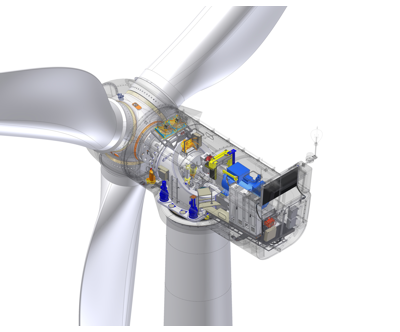PO Box 761, Sanctuary Cove, Queensland 4212, Aus
RENEWABLE and FUTURE TECHNOLOGY
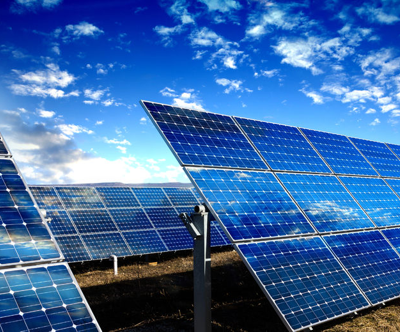
SOLAR PHOTO VOLTAIC AND ABSORBSION
Generation based on direct photo conversion using solar panels or by concentrating solar rays with mirrors and heliostats
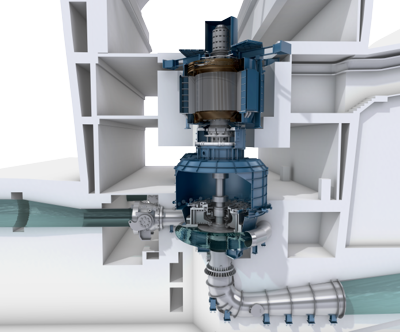
HYDRO ELECTRIC, STORAGE AND RUN OF RIVER
Generation by Pelton Wheel or the very popular Francis Turbine with generating units in excess of 800MW
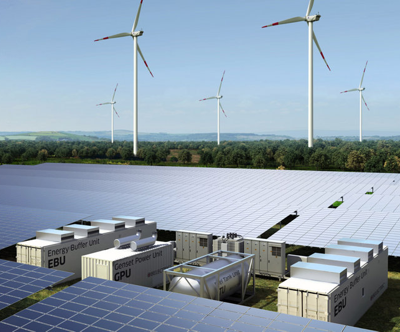
HYBRID POWER SOLUTIONS AND BATTERIES
Combining Lithium Polymer (LiPo) batteries with reciprocating engines and solar PV panels to provide very-low cost generation
COMMON RENEWABLE TYPES OF GENERATION
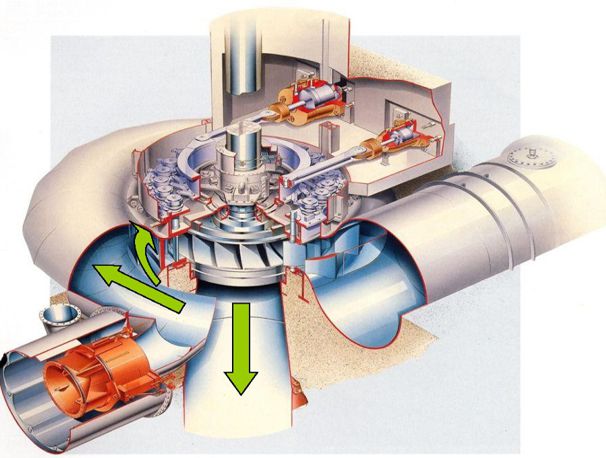
HYDRO ELECTRIC GENERATION
Available using either "Run of River", "Storage" or "Pumped Storage"
With about 60% of the global hydropower capacity in the world, Francis turbines are the most widely used type of hydro turbine. They operate in a water head from 40 to 600 m (130 to 2,000 ft) and are primarily used for electrical power production. The electric generators that most often use this type of turbine have a power output that generally ranges from just a few kilowatts up to 800 MW, though mini-hydro installations may be lower. Penstock (input pipes) diameters are between 3 and 33 ft (0.91 and 10 m). The speed range of the turbine is from 75 to 1000 rpm. A wicket gate around the outside of the turbine's rotating runner controls the rate of water flow through the turbine for different power production rates. Francis turbines are almost always mounted with the shaft vertical to isolate water from the generator. This also facilitates installation and maintenance. Care m,ust be taken with designs to eliminate pressure surge which can have a disasterious effect on teh mechanical equipment. These turbines can work in run of river aplications where a rivers natural path is diverted by a weir though to the penstocks and in to the turbine. The water enters the runner via the wicket gate and exits through a draft tube and tailrace. Pumped-storage hydroelectricity (PSH), or pumped hydroelectric energy storage (PHES), is a type of hydroelectric energy storage used by electric power systems for load balancing. The method stores energy in the form of gravitational potential energy of water, pumped from a lower elevation reservoir to a higher elevation. Low-cost surplus off-peak electric power is typically used to run the pumps. During periods of high electrical demand, the stored water is released through turbines to produce electric power. Although the losses of the pumping process makes the plant a net consumer of energy overall, the system increases revenue by selling more electricity during periods of peak demand, when electricity prices are highest
SOLAR GENERATION
Direct using PhotoVoltaic Cells, Indirect by concentration
In the last years the cost of manufacture for photovoltaic cells has fallen dramatically moving their use n to the commercial environment. Large facilities combine a daisy chain of solar PV panels in to a solid-state inverter and then through step up transformers to the utilities grid system. Solar PV's largest drawback is that it only works in daylight. Concentrating systems utilising solar storage and transport can extend the generation period beyond daylight hours. In these cases, solar radiation is concentrated by mirrors on to heating elements which may contain oil or a sodium salt solution. By storing heat in molten salt, the energy can be recovered later through standard wet steam turbine technology.
SAVE YOU TIME AND MONEY

HEATRATE AND CYCLE
IMPROVEMENT
With the use of thermodynamic and electrical analysis software Gensrv can track down inefficency and loss.

MAINTENANCE
OPTIMISATION
Migrating from OEM to condition based assessment inline with maintenance best practice stretches the OPEX dollar further.

INTEGRATED
ENGINEERING
Engineering flow from feasibility through design and delivery then in to the maintenance management system.

SKILLED ENGINEERS
AND COMPETENCY TRAINING
Gensrv believe in knowledge transfer and our suit of competency based learning packages tackles all aspects and technologies of generation.
СOST EFFECTIVE SOLUTIONS WITH
OPTIMAL QUALITY
When constructing generation assets completely understanding the delivery risk is essential. Poor design or quality impacts construction costs both in productivity and rework. Ensuring designs and procured equipment meets the quality requirements is a key to an on time on budget project delivery.

